Premier Art Snooth Hot Press Fine Art Matte Paper 13x19 100 Sheets
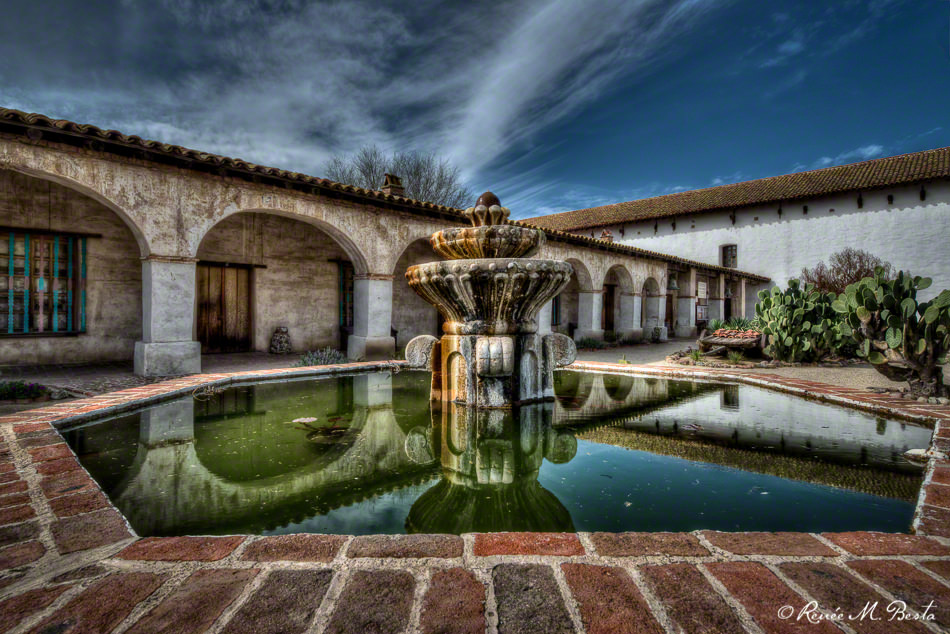
This guide lays out how to choose the right newspaper for press – what papers work all-time for certain images, what papers are acme quality, and more.
Without fail, one of the most common questions asked by students in printing classes is how to choose a paper for a specific prototype.
Please visit our often asked questions section of this post for answers to popular paper related questions.
With the wealth and diversity of superb inkjet papers on the market today, even experienced printmakers have difficulty with how to cull the right newspaper for printing.
The number of choices tin can simply be overwhelming.
In part considering of this fact, most images today sadly never make it into print grade, remaining forever ensconced in monitors only to be viewed on the web. Press is an art and a science – a craft that takes time to learn – as is choosing the nigh suitable paper for a particular image.
To make matters more than disruptive, paper selection includes both important scientific information, likewise as unquantifiable creative qualities. When examining a paper's specification data canvass, numbers and data sometimes overwhelm and don't paint the entire 'picture' in regards to artistic choices. In this postal service, I will attempt to clarify various paper types and some important characteristics and terminology to aid guide you in making paper selections.
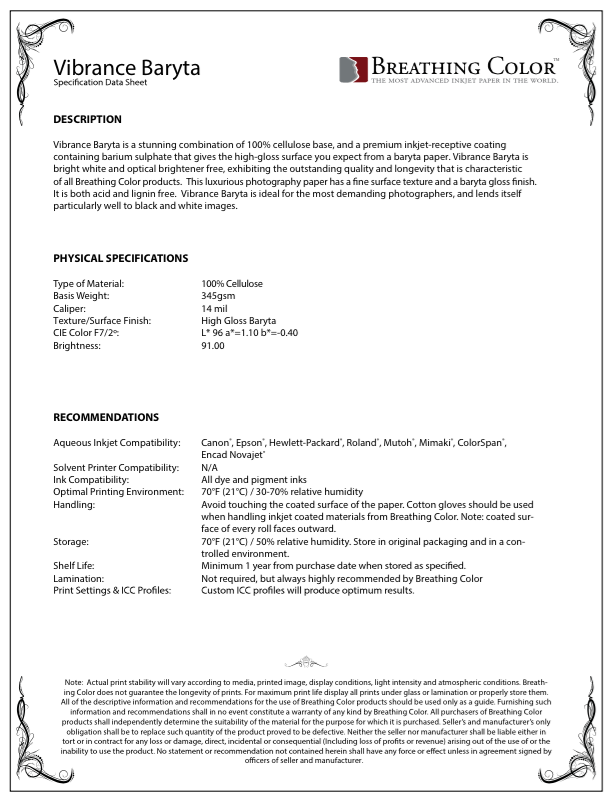
Introduction
Let'south begin past showtime taking a look at the bones categories of papers available on the marketplace today. Nosotros will then review some paper characteristics and terminology. Finally, I will provide examples of some of my images and go over the reasoning behind my paper choices for those images.
Remember, the selection of a paper is a very personal, artistic decision. But the artist can determine what type of paper all-time conveys their vision. In that location are no hard and fast rules of thumb for any given image. Like all fine art, photographic images speak to us in a deeply personal and spiritual manner. It depends on the mood you are trying to convey and emotional content of each item image.
I always recommend that people print the same epitome on a variety of papers to determine what looks and feels best to them. Purchasing sample packs from various manufacturers is good for that. If you lot are new to printing, information technology is best to stick with the printer manufacturer'south OEM papers until you lot become proficient and accept tested various substrates.
I always buy boxes of unlike brands and types of letter size sail paper then I can make multiple test prints. After printing on a diversity of papers for awhile, y'all volition begin to know by looking at your image what newspaper will best evoke the mood y'all desire to go across to the viewer. Y'all volition likewise gain a lot of knowledge well-nigh the press workflow.
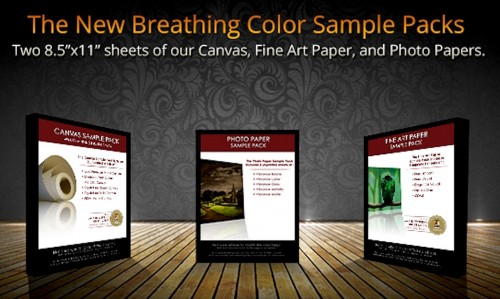
Pro Tip: I cannot emphasize enough how important the quality and resolution of your source image are to achieving an excellent print. As well as the age, quality and ink set of the printer you are using. The greater the number of color inks and dilutions of blackness inks, the better. Press technology has greatly improved in contempo years, just equally color gamuts have steadily increased.
Hopefully you are press a 16-bit tiff or psd (not jpeg) in the ProPhoto RGB (or at least Adobe RGB) colour space; the epitome has been non-destructively edited; has proper racket reduction and sharpening applied; and has ample pixels to print at the desired output size with petty or no bogus interpolation.
I presume if you are reading this article, you care securely near your art and wish to showcase it in the best possible manner. This means selecting an excellent paper with not only expert permanence, merely rich dense blacks, a wide colour gamut and dynamic range, smooth tonal transitions, a substantial feel, the right surface for the prototype, and more.
For more data about preparing an image for print, please refer to my three-function serial on HDR Photography and Printing. Now let's take some fun and cheque out some of those awesome papers!
Paper Types
There are two basic types of papers.
Photo papers such as sleeky, luster, pearl, satin and metallic utilize photograph black ink, while matte papers such as cotton, alpha-cellulose and canvass use matte black ink.
In add-on, at that place is a newer crossover category: fiber-based baryta photo papers (defined beneath). Due to the differences in how readily ink is captivated past and spread out into these papers, as well as the specific coatings used and surface textures, it is critical to cull the correct main black ink for each newspaper type. Photo and Matte Blackness inks each take distinct formulations and are specifically engineered to compensate for the differences between matte and photo papers.
1. RC Photograph Papers
By far the well-nigh common newspaper on the market, the RC in this paper name stands for resin-coated.
When we speak of RC prints, we are mainly referring to the traditional, moisture- processed, darkroom photograph papers coated with resins that immune for quick processing and drying times. Those prints were also more scuff and curl resistant. The term RC newspaper has carried over into today's inkjet globe, and they are produced from a refined wood pulp base encased in ii layers of plastic polyethylene, then coated with a microporous inkjet receptive emulsion. RC papers are more water proof and scuff and scratch resistant than their matte newspaper counterparts, merely are much thinner.
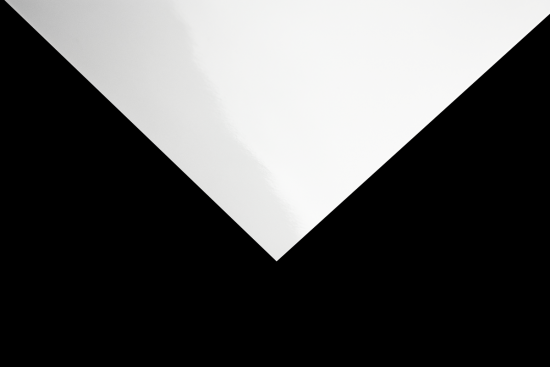
RC paper surfaces range from glossy to semi-glossy, luster, pearl, satin and more. By far, these are the least expensive and most widely used inkjet papers by near consumers. They evangelize deep blacks and white whites, cracking contrast and sharpness, and are certainly appropriate for a variety of subject matter. RC papers are usually the get-to papers for portrait and wedding ceremony photographers.
What they lack, however, is that hefty fine fine art look and feel. I personally practise not intendance for RC papers, as they tend to pucker easily and feel also thin and plastic for my taste. I also do not like the surface texture of many of these papers, as I feel they get in the fashion of the image.
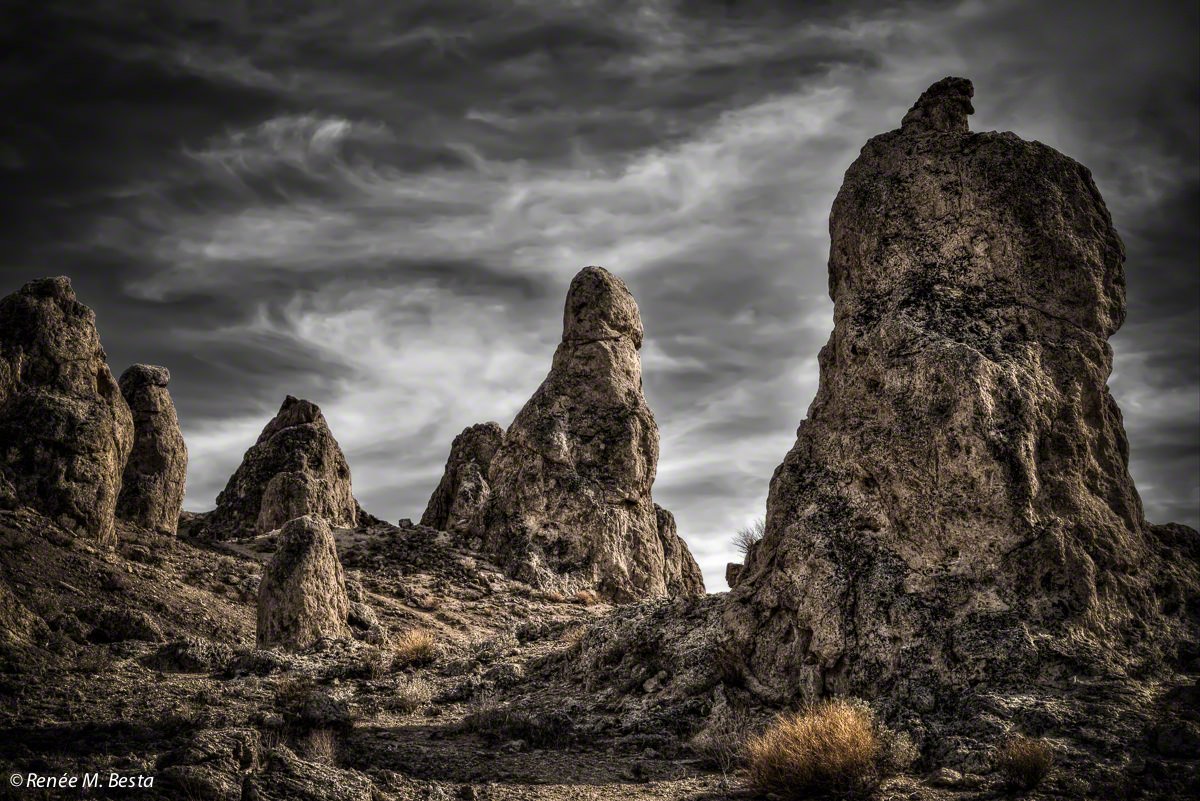
If yous are like me, and are seeking the highest quality impress in a fine fine art photo paper category, there are better choices such as the newer class of fiber-based baryta papers (see below). Again, this is solely a personal artistic conclusion and depends on the ultimate destination of the impress. Is it being given to your Uncle Bob or are you attempting to showroom the print in a gallery?
If you are only showing your work at local canton fairs or craft festivals, then RC papers are fine. Just be aware that art collectors and buyers, as well as museums, would not consider these papers adequate. Information technology all depends on your target market place if you are selling your prints.
Pro Tip: The glossiest papers are the to the lowest degree forgiving in terms of source image defects such as racket (luminance or colour), post-processing artifacts, neglected sensor dust spots, and pixelation resulting from low resolution. In improver, HDR processing artifacts such as halos and chromatic aberrations are glaringly obvious on a high gloss substrate.
two. Metallic Papers
1 of the newest and hottest inkjet papers today, metallic papers are fashioned after the extremely pop Kodak Endura Premier Metallic paper, a professional color negative paper designed for wet chemical processing.
All the rage in recent years, metallic inkjet papers have a slight warm tone and high degree of luminance and reflectivity. They showroom rich, dense blacks, a superb colour gamut and contrast range, and lend an almost 3-D wait and feel to the image. This is a great paper option for a wide range of subject matter, specially images with metal such as machinery, cars, trucks, trains, planes, etc. I only wish these papers had more weight and thickness. Breathing Colour produces such a newspaper called Vibrance Metal.
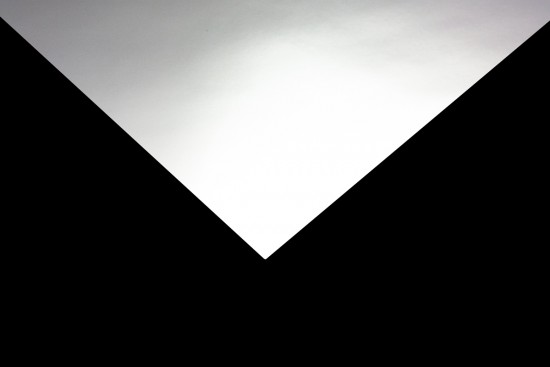
3. Fiber-Based Baryta Papers
Back in the darkroom days, the gilded standard of silver halide papers were the so-called cobweb-based, air stale, double weight papers with a smooth reflective surface.
The term baryta comes from the chemical compound barite – barium sulphate – which is a naturally occurring, clay-like mineral added to the fiber paper base. In the past information technology was used to whiten papers, provide reflectivity, and serve as a base of operations for the light sensitive emulsion.
Today's baryta inkjet papers all have a fiber base (either cotton wool or blastoff-cellulose – see below); the barite provides a smooth reflective blanket. These thick papers take a distinct (simply not unpleasant) chemical odor. In the early days of inkjet printing, due to ink technological limitations, if yous wanted to print on hefty newspaper with a fine art feel, you lot were express to fine art watercolor papers. Unfortunately, these fine art papers had lower resolution, contrast, and black ink density.

Now the baryta papers have fix the gold standard for fine photographic papers with incredibly rich blacks, wide gamuts, great contrast and sharpness, and shine tonal transitions. These papers are perfect for black and white prints. Breathing Color's Vibrance Baryta falls under this category. Other baryta papers on the market place include Canson Infinity Baryta Photographique, Hahnemühle Fine Art Baryta, Ilford Galerie Gold Fibre Silk, Museo Silver Rag, Crimson River San Gabriel SemiGloss Fiber, and many others.
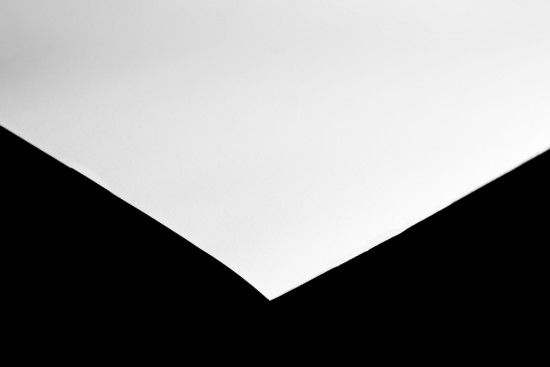
iv. Cotton fiber Papers
These are the most expensive only highest grade of fine art matte papers, and are considered to be the cadillac of all newspaper types for those wanting the ultimate fine art quality. Note that the outdated term 'rag' paper is often used (cotton rag or photo rag) and refers to mostly pure cotton papers. In the olden days, bodily rags were used to make papers. Of class this is no longer the case. The term fine fine art paper generally means a pure cotton rag paper.
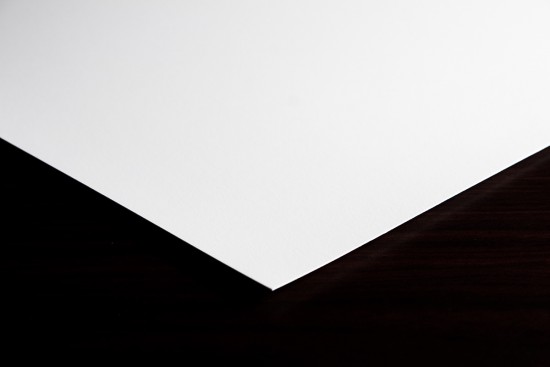
v. Alpha-Cellulose Papers
These matte papers consist of high course wood pulp made from trees, then refined to remove unwanted compounds such as acrid and lignin. Lignins are organic polymers nowadays in the prison cell walls of plants, serving every bit a glue to hold the cellulose fibers together.
However, if the lignins are not removed, breakdown and yellowing of the newspaper will take place over fourth dimension. Alpha-cellulose papers are less expensive than 100% cotton wool papers and have a less sturdier feel. Note that the term alpha-cellulose is used to distinguish these papers from pure cotton wool fiber papers, which as well contain cellulose.
6. Hot and Cold Printing Papers
Hot press or cold press papers are actually subcategories of cotton fiber or alpha-cellulose papers, and are distinguished by their surface characteristics.
A hot press paper has a shine velvety surface, while a common cold press paper has a rougher surface and more molar. Common cold printing papers have much more than texture than a hot press paper, ranging from slightly to highly textured. The surface choices vary widely.
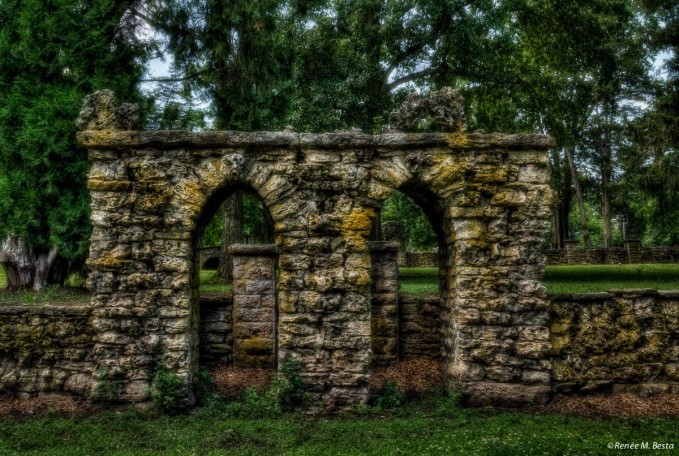
Pro Tip: Common cold press papers can be useful in situations where you demand to produce a large print, but have a source image with lower than optimal resolution.
The rough texture tin can mask some of the pixelation that would exist glaringly apparent on a glossy photo newspaper. They are also useful for landscapes with cloudless skies, an undesirable situation for photographers. The texture can help fill in an otherwise empty looking sky. Of class any epitome with a more subdued, ethereal, or painterly feel works well as well.
Examples of hot press papers include Animate Color's Optica One or Pura Smooth, whereas Elegance Velvet and Pura Velvet are cold printing papers.

vii. Sheet Papers
Canvas papers are ordinarily a combination of polyester and cotton. Since ancient times, canvas has been closely associated with art. Due to the fact that this durable artistic substrate tin can exist varnished and displayed without glass or frames, information technology is a very popular pick, especially for traditional artists who have then-chosen giclée reproductions made of their originals. A great choice for more abstract, subtle images with a painterly feel or art reproductions.

viii. Specialty Papers
Additional exotic inkjet papers available on the market place include substrates such every bit Bamboo, Sugar Cane, Kozo (Japanese Mulberry), and fifty-fifty Hemp (no, this does not give you that kind of paper 'high').
Paper Characteristics and Terminology
There are numerous scientific terms used to define newspaper characteristics. In this section, I will review some of the more important ones. A complete compendium is beyond the telescopic of this commodity and may just complicate your paper choices by including also much scientific data.
For instance, you may hear these terms bantered nigh: paper weight and caliper (thickness); brightness; opacity; permanence ratings; the presence or absenteeism of OBAs; tonal transitions; DMax; ink density; gray rest; paper white point (the color of white); surface textures; sheen; microporous or swellable; dynamic range; Cobb numbers, and more. Some of these stats can be found on paper data sheets, while other paper manufacturers provide little if whatsoever information.
Here are some characteristics to accept into consideration when choosing a newspaper:
Paper Weight and Thickness
Paper weight is specified in grams per square meter (gsm) and paper thickness (caliper) in mils or mm. Beware there is not an exact correlation between a paper'southward weight and its thickness.
Art buyers and collectors also every bit fine art photographers adopt the heftier, thicker papers for their sheer beauty and substantial, more tactile feel too as other characteristics such as surface texture. Paper weight and thickness set fine photographic and art papers autonomously from their much thinner, plastic counterparts such as the RC glossy, luster, satin, or pearl papers.
OBAs and Paper Brightness
Optical Brightening Agents (or additives) are fluorescent chemical compounds used to increase paper whiteness and brightness (2 different things – colour of white versus intensity). Since papers in their natural state are more than fair, flossy colored or warm, these agents trick the viewer's eyes into perceiving a brighter white by reflecting blue lite off the paper. This of course depends on the lighting conditions under which the impress is viewed. OBAs accomplish this past absorbing invisible ultraviolet light and and then releasing that energy over time as visible blueish light.
Bright white papers accept long been favored past photographers for their deep blacks and great dynamic range. However, the use of OBAs is highly controversial as these compounds intermission down over time, causing the paper to return to its original native white point. To exist clear, OBAs do non degrade inks. How can you tell if a paper has OBAs? If a paper is described as Vivid White or Natural, that tells the story. The natural paper is warmer and OBA-free. The bright white paper will accept some OBAs present. Notation that the utilise of OBAs is not limited to photo papers lone; even some cotton papers have them.
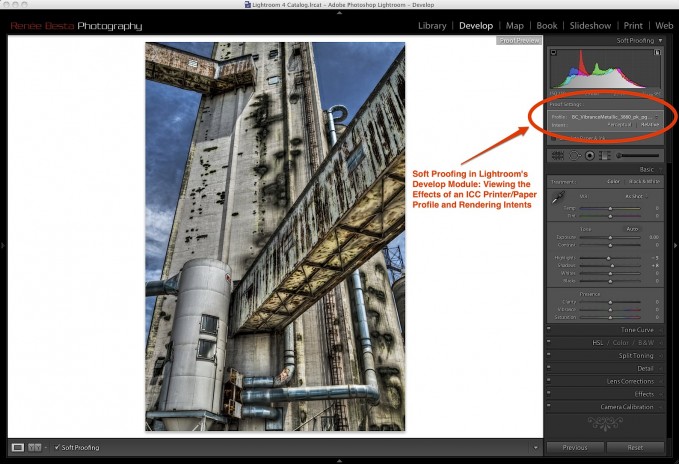
Newspaper White Points
If you take ever examined multiple swatches in a pigment store for the 'color' white, y'all know there are many variations from pure snow white, to eggshell, creamy, off-white, etc. Just every bit we calibrate our monitors to a particular white point (the cooler D65 or warmer D50), papers too showroom a broad variety when it comes to shades of white. Whether to use a warmer or cooler newspaper depends on your subject matter. For portraits and about color landscapes, I would avoid very bright white papers. For neutral blackness and white images, brilliant white papers piece of work well.
DMax
This refers to the deepest shade of black (black density) a paper is capable of rendering and is 1 of the almost important considerations in choosing a paper type. Photograph papers always have a higher DMax value (> 2) than a matte paper (usually < 2), only because matte papers are more absorptive and the inks spread out more readily, lowering the density via a procedure known equally dot gain.
Surface Texture
There is a myriad of textures available on the market place today, ranging from highly glossy, to very rough and textured. Your field of study affair and mood will determine the best newspaper texture. Again, only press an image on multiple papers will clarify what works all-time.
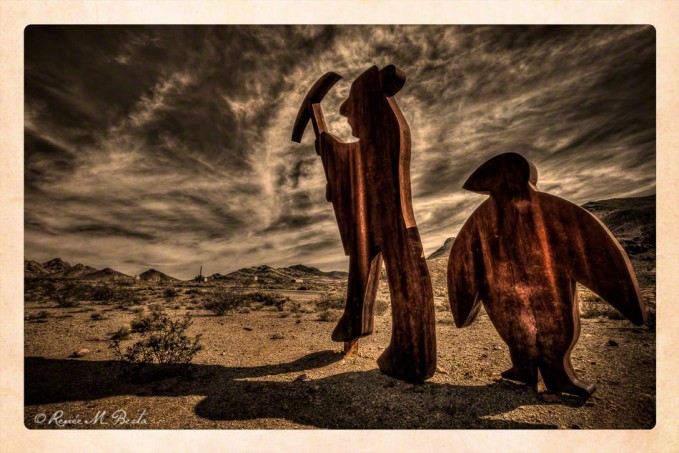
A Discussion About Print Permanence…
1 of the most important characteristics used in paper option is impress permanence.
This only refers to the longevity of the impress using a specific printer, ink and paper combination under given brandish conditions. Preservation issues should be of paramount business organization to whatsoever printer, especially if the artwork is sold to collectors or museums. Prints should never be displayed in directly sunlight, or subject to loftier humidity or extreme temperatures. If non coated with a protective varnish, they should be disordered and displayed behind conservation glass.
A very useful site for detailed brand-name specific permanence data for inkjet printers and papers is Wilhelm Imaging Research. Co-founders Henry Wilhelm and Carol Brower Wilhelm conduct research on the stability and preservation of traditional and digital color photographs and motion pictures.
Sample Images and My Personal Paper Choices
In this last section, I will show some of my images along with information on which paper I would select to print them. Again, this is a personal artistic choice and I highly encourage experimentation. This is only a loose guide equally to the reasoning behind my own preferences.
Allow'southward brainstorm with Theater of the Desert, an HDR paradigm taken inside the celebrated Amargosa Opera House in Decease Valley Junction, California. Owner and artist Marta Beckett spent many years painting murals on the theater walls. Therefore, to maintain the painterly expect, I would print this epitome on a smooth (hot press) cotton paper such as Pura Smooth or Optica One. I would avert a newspaper with a rougher surface texture so information technology does not compete with the exquisite wall murals.

A popular technique in photography today is texture blending – the blending of i or more textures onto a base image. These textures mainly consist of photographs of natural affair such as chipped and peeling pigment on a wall, water, clouds, rocks, grungy surfaces, grass and a myriad of other substances. The image below, Affections of Decease, was taken at a cemetery in Guadalupe, California.
I blended a bokeh texture into the image to simulate rising spirits. Due to the ethereal, spiritual feel of this epitome, I would almost likely print information technology on a cold printing paper such as Pura Velvet or Elegance Velvet to bring out the texture of the angel statue and add some texture to the skybound white balls of light. This image would also impress well on sail.
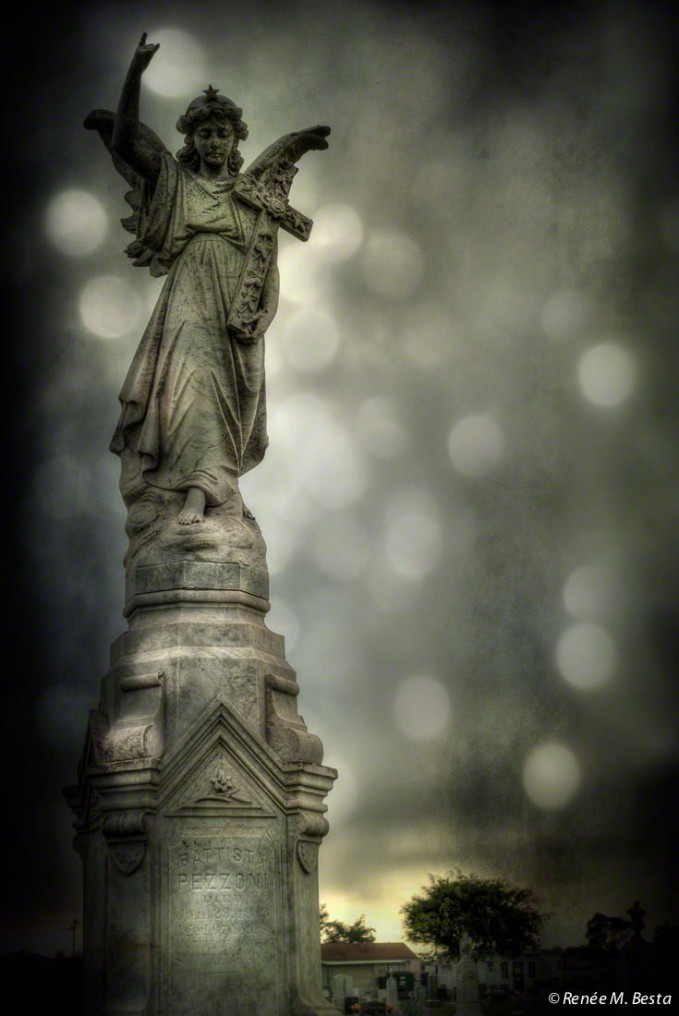
The image below, Killer Truck, was taken in the ghost mining town of Ballarat, California, just outside Decease Valley National Park. This truck once belonged to the Charles Manson family of murderers, thus the image championship. Due to the metallic content of the truck, this image would work very well on a metal paper, although it could be argued that any glossy substrate would work.
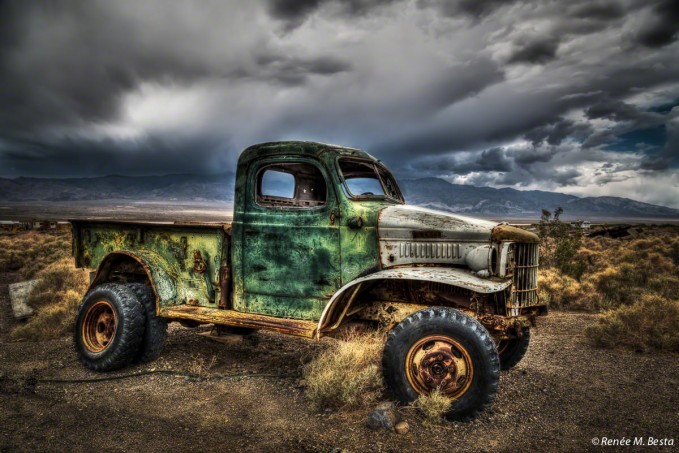
Below is another epitome with lots of metallic, Expiry by Desertion, of abandoned train cars in the Arizona desert. Therefore, I would print this image on a metallic photo newspaper such every bit Breathing Colour'southward Vibrance Metallic to convey the reflections in the metal and highlight all the of import details.

Permit'due south take a expect at ii black and white toned images below. The first, Time Robber, depicts the abandoned Cook Bank building in the ghost mining town of Rhyolite, Nevada. Due to the demand for a high DMax and polish tonal transitions, I would choose a fiber-based baryta paper for the image. Matte papers take lower DMax values and do not maintain sharpness similar photograph papers due to dot gain. I want to exist sure to bring out all the details in the ruins of this historic banking company building.

The next image, Escher's Tower, is of a saccharide beet processing tower on the grounds of an abased sugar factory. I would either print this image on a baryta paper or metallic newspaper due to the metallic in the belfry. This one is a toss upward.
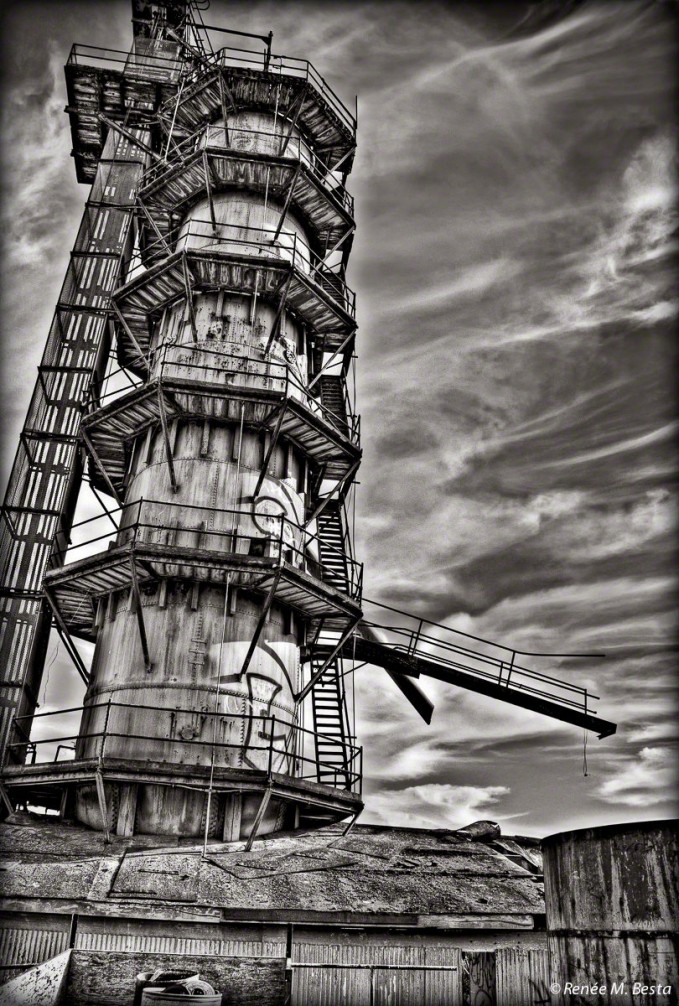
1 of my favorite subjects to photograph are night skies. In recent years I have been practicing light painting on foreground subjects while falling star points, star trails, or the Milky Manner in the night sky.
The details in the sharp well-baked stars would obviously be lost on a matte or canvas paper; therefore, I impress all of my nighttime sky images on baryta or metallic papers. The image below, Stars Over Our Lady, depicts a Catholic church in the tiny town of Bradley, California. I printed this one on a baryta paper, as I did not feel metal paper worked well with the light-painted adobe church or statue of Our Lady of Guadalupe.
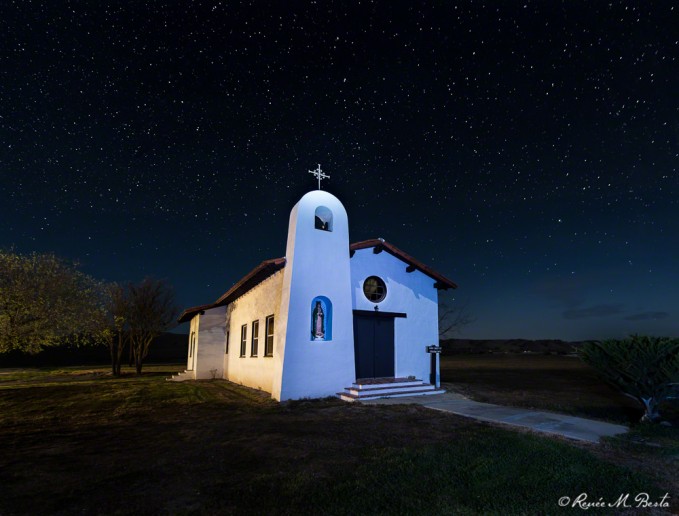
Determination
In summation, I sincerely promise these examples help you in choosing the right newspaper for your artwork. Although the choices are many, only you – the creative person – tin can make up one's mind what components of the image are virtually important also equally the mood you lot wish to convey to the viewer via your impress. Images are filled with emotion and details. While some scream out for attention, others are very subtle. Various paper textures can either complement or make it the way of your paradigm.
On a final note, if I feel an paradigm does not render well on a item substrate, I simply do non offer information technology regardless of what I retrieve the "marketplace" may want. That is a rabbit hole from which there is no escape.
Desire to have this guide on manus for reference after on or to impress at domicile? Click the below link to get the downloadable PDF version of this commodity!
For more great information from Renée Besta, the writer of this mail, check out her extensive guide to HDR photography and her blog mail How to Configure Printer Settings for 3rd-Political party Papers.

Renée Besta is a fine fine art photographer and printer, digital imaging and graphics instructor, graphic designer, and exhibit producer who has been avidly engaged in the art grade for over 35 years.
For more than info on Renée you lot can bank check out her website.
Frequently Asked Questions
What is baryta paper?
The term Baryta comes from the chemic substance barium sulphate. This natural mineral is an equivalent to clay-based layers. Baryta is pop due to the details and definition it is said to bring out in a print. Black and white Photographers honey Baryta for its ability to burnish the whites. Baryta acts as a layer protecting the paradigm from other elements soaking in.
What is the best paper for press photos?
Vibrance Luster is past far the best paper for printing art. This premium loftier quality luster newspaper is perfect for photography. Popular among landscape photographers this paper comes in sheet or roll. The resolution and item on this paper is incredible. You go maximum gamut and Dmax. The slight texture and luster cease creates a visual experience in person.
What is archival photo paper?
Archival photo paper is a misnomer used by many suppliers. The truthful definition of an archival print is made with fine art paper or canvas, something that will really withstand the test of fourth dimension. Look for archival-certified paper or sail which has been tested by an accredited institution. Archival paper will be resistant to ink fade, color change, and other degradation over a long period of fourth dimension.
What is the best paper for examination prints?
In that location is no right or wrong respond for test prints. A test print all depends on the output you are going after. Black and white photographers may adopt a simple matte, uncoated paper. Portrait photographers may prefer a glossy, coated newspaper. Yous should choose a paper for test prints which equally closely resembles the final paper or media that you lot volition use as possible. The best advice we can offer is to try different paper types and finishes to best suit your need. Breathing Color offers several dissimilar sample paper and canvass packs. These packs include: fine art newspaper, sail, and photo newspaper.
How practise I choose a paper for printing?
Your subject volition frequently dictate the right paper. Portrait photographers will often choose a glossy or luster paper. Fine art impress makers may opt for a more than natural fine art paper. Some prefer a natural, non-white offering such equally a Belgian Linen. Once you know your intended output, choosing the right paper is easier. Too keep in mind your audition. Certain demographics can have different preferences. Do some research in your target market and see what the majority of people are looking for and buying.
Follow-Upwardly Reading
If you liked this mail, yous'll dear these related ones:
Source: https://blog.breathingcolor.com/choose-right-paper/
0 Response to "Premier Art Snooth Hot Press Fine Art Matte Paper 13x19 100 Sheets"
Post a Comment